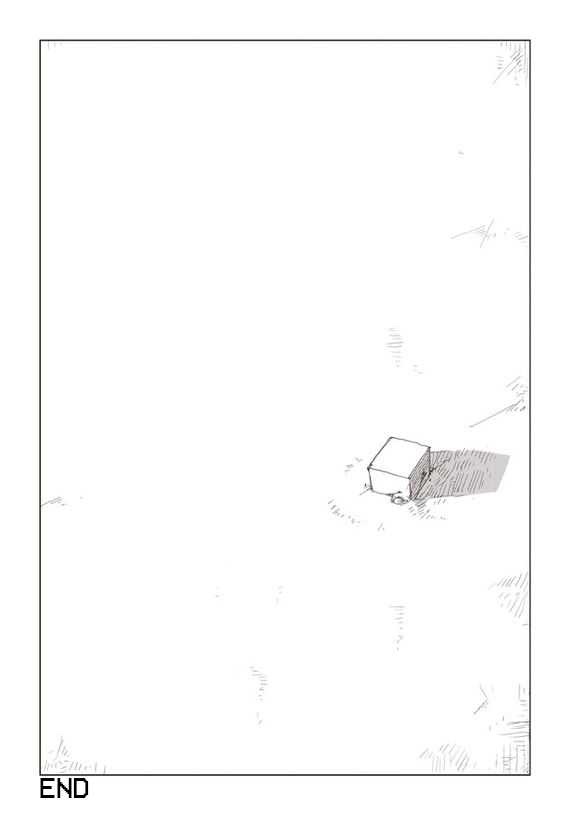Ad Nauseam
Subjective resonance is that fuzzy feeling you get when an idea clicks. That is, prior to ever encountering said idea, you are psychologically inclined to react positively to it, maybe because you are on the verge of developing its concepts yourself, or possibly because it meshes well with ideas of which you’ve already formed very positive opinions. It resonates.
Subjective resonance requires a mind capable of making judgements.
Objective resonance is why the Tacoma Narrows Bridge collapsed. Yes, it was designed (poorly) and built by humans, but once built, even if all the humans magically disappeared shortly thereafter, it was doomed eventually to experience a catastrophic resonant response to wind energy, and collapse.
Again, many experiments designed to detect some phenomenon do so by measuring quantity Y as some other quantity X is varied, the hope being that around some value of X the value of Y will spike above the background, indicating that Y resonates there – the meaning of this depending upon the context. This resonant reaction of Y at said value of X exists even in the absence of whatever theory is being tested, and even in the absence of the experimental apparatuses designed and built by the helpful experimentalists.
In mathematics there are also resonances, and these too exist with or without sentient beings to discover them. The Euclidean dimensions 1, 2, 4 and 8 are resonant (this is our X). In support of this contention I would yet again tediously point out the following gases that bubble up (the Y) from these dimensions:
• The parallelizable spheres …
• The Hurwitz division algebras, R, C, H and O …
• All the classical Lie groups …
• Jordan algebras …
• Clifford algebras …
• Oh, hell, the list goes on and on …
Clearly I find subjectively resonant the notion that these dimensions are objectively resonant. Let’s move on.
These dimensions are associated with different resonances in dimensions 1, 2, 8 and 24, pertaining to lattice theory. Given its conceptual simplicity, lattice theory is extraordinarily complicated and difficult, resisting almost every effort to apply induction to make predictions about lattices in dimension n+1 from those in dimensions 1 through n.
This devilish complexity, however, markedly diminishes in dimensions 1, 2, 8 and 24, and specifically regarding the laminated lattices in those dimensions (which can be nicely represented by points in R¹, C¹, H², and O³). These lattices are, Λ₁ (equally spaced dots), Λ₂ (also denoted A₂), Λ₈ (also denoted E₈), and Λ₂₄ (the Leech lattice).
Nice lattices are more easily thought of as sphere packings, and even visualizable as such in dimensions 1, 2 and 3. A major lattice theory problem is finding the densest packing of spheres in any dimension. As it turns out, in dimensions 1, 2, 3, 8 and 24, we know that the densest sphere packings are associated with the laminated lattices in those dimensions (very little is known about all the other dimensions; for example, 49, and 343 … I could go on, but we don’t have time … ok, just one more: 117649). The dimension 3 is the outlier in the group, and the only reason anyone bothered proving this result (extremely difficult) is that we live in that dimension, and we have a vested interest in knowing the tightest way of packing oranges in a crate.
Of those other four dimensions, 8 and 24 are the most interesting, for they are relatively high dimensions, and knowledge of what goes on in neighboring dimensions is extremely limited, and likely to remain so. Proofs that the laminated lattices in dimensions 8 and 24 yield the tightest possible sphere packings can be found in The sphere packing problem in dimension 8, by Maryna S. Viazovska, and in The sphere packing problem in dimension 24, by Henry Cohn, et al.
Disclaimer 1: My own work in this area is much lower lying fruit than those two references, and my interest stems from my total conviction that our physical reality arises from resonant mathematics. Having demonstrated this in regard to dimensions 1, 2, 4 and 8, I spent some years dabbling with lattices in dimensions 1, 2, 8 and 24, finding a collection of relatively simple structures and results that had been missed in more highfalutin mathematics. I made a brave effort to connect this work to physics, but I’ll never know if I was on the right track.
Still, these resonant lattice dimensions crop up in physics from time to time (frequently as regards dimension 8), even in the mainstream. One example, and the reason I decided to write this blog, can be found in a recent article entitled, Sphere packing and quantum gravity.
Disclaimer 2: While I likely could, given the inclination to partake in months of study, reach a point where I came close to fully understanding Maryna S. Viazovska’s original 8-dimensional lattice proof, I have always found it difficult to go from interest, to inclination, to action. The initial hurdle is when I encounter modular forms, which are defined on the upper half of the complex plane. If any reason for this restriction has ever been proffered in any of the places I’ve encountered modular forms, I was too lazy to see it. If I dug deeper I’d figure it out. But I never have. Still, I gave a semi-educated skim of her entire paper, and was left with an overwhelming impression of mondo coolness.
However, I did not look over the paper extending Maryna’s proof to the Leech lattice in 24-dimensions (What would be the point? It’s clearly also mondo cool.), but I did look over the Sphere packing and quantum gravity paper, which looks at both the 8-d and 24-d lattice cases, and establishes “a precise relation between the modular bootstrap, used to constrain the spectrum of 2D CFTs, and the sphere packing problem in Euclidean geometry.” Keywords employed in that paper: “AdS-CFT Correspondence, Conformal Field Theory, Black Holes, Conformal and W Symmetry”.
Disclaimer 3: From early on in my so-called career as a theoretical physicist I avoided immersion in quantum field theory. I am aware that lots of attention has been paid to anti de Sitter (AdS) space and conformal field theory (CFT), not because it’s necessarily physically relevant (our universe is not anti de Sitter), but because it is more tractable than the de Sitter alternative, allowing the use of theoretical tools that people who study this kind of thing really like to use. In one of Peter W’s blogs the comments included much discussion of AdS/CFT, and I had to ask: “Am I correct in thinking that this surfeit of AdS/CFT talk is tantamount to looking for a nail in the dark under a lamppost because the light is better there, and anyway all you’ve got is a hammer, so the solution to your problem had better require a nail? Maybe two.” Peter replied: “Yes.”
So, anyway, the relevance of the Sphere packing and quantum gravity paper to reality is unimportant. What’s really cool is the remarkable correspondence between the modular bootstrap (don’t ask – it’s a thing used by a certain kind of theorist) and the sphere packing problem in 8 and 24 dimensions. It highlights something I said in Division Algebras, Lattices, Physics, Windmill Tilting: “… any theory, however bizarre, will find that things work best when the resonant dimensions, 1,2,4,8 and/or 24, are involved.” (Speaking of bizarre theories, the number of transverse dimensions in super string theory and bosonic string theory are 8 and 24, respectively. This is not unconnected to the quantum gravity paper cited above.)
So, that’s my take. You’ll find a nifty connection of the dimensions 8 and 24 to the division algebras and Clifford algebras in my last paper: Division Algebras, Clifford Algebras, Periodicity.

[2020.07.20]
I think I may end my blogging here, as it can serve no further purpose (“further” … ha!). I’ve been spewing forth blather about mathematical resonance for decades now, but the notion has gained no traction. It’s stuck in the mud, a viscous, slippery stuff arising from a scientific culture that far more highly values the toolmaker Feynman than the architect Dirac.
Anyway, here’s a link to my presently favorite music video, the lyrics of which summarize my place in the world of theoretical physics. I want to be able to do that dance, but at my age I’d likely hurt myself.










